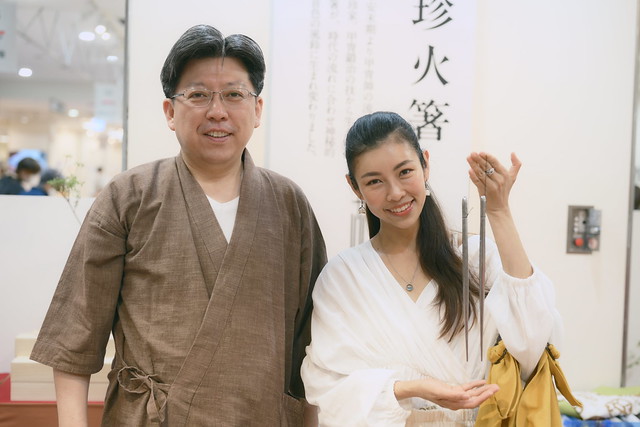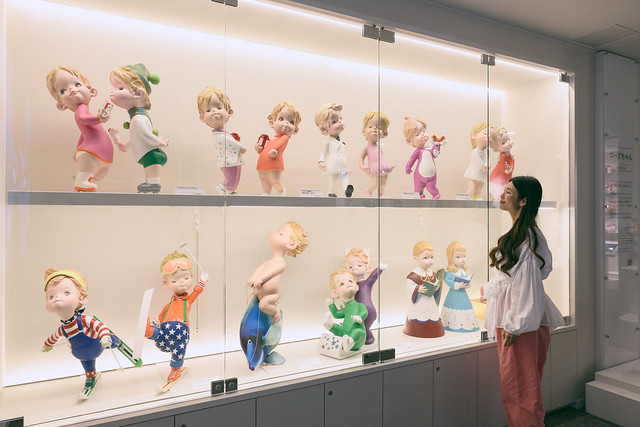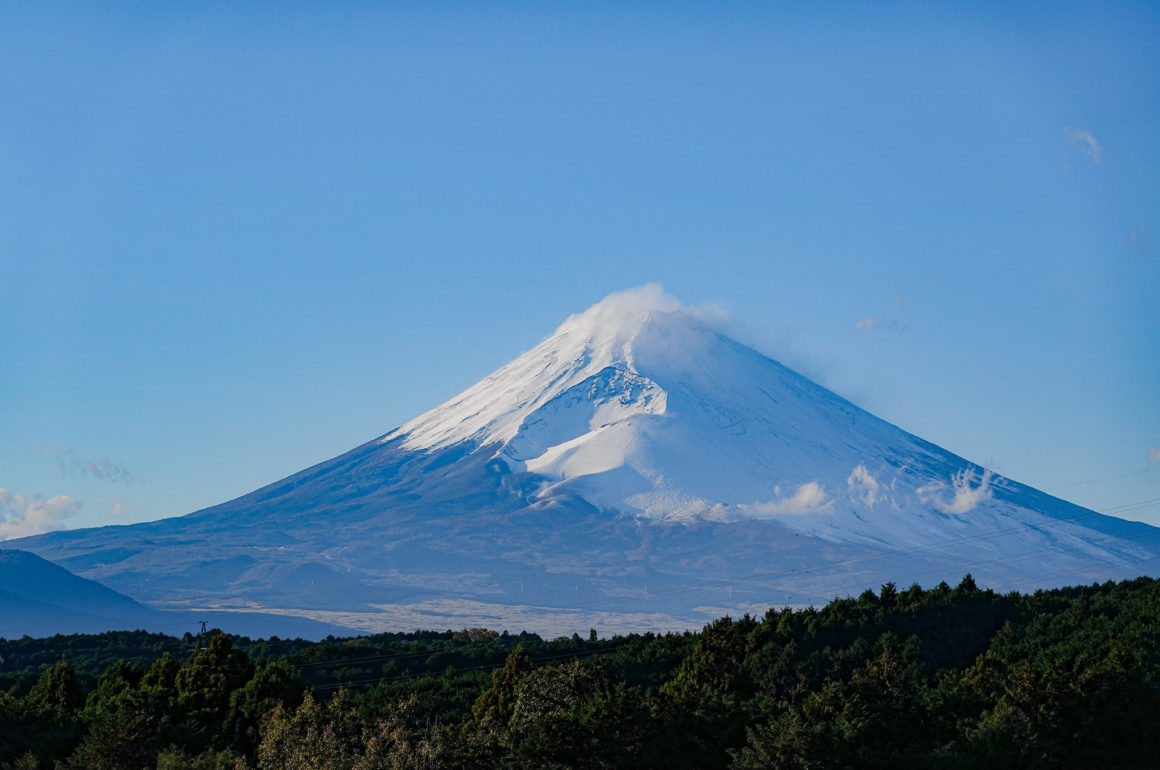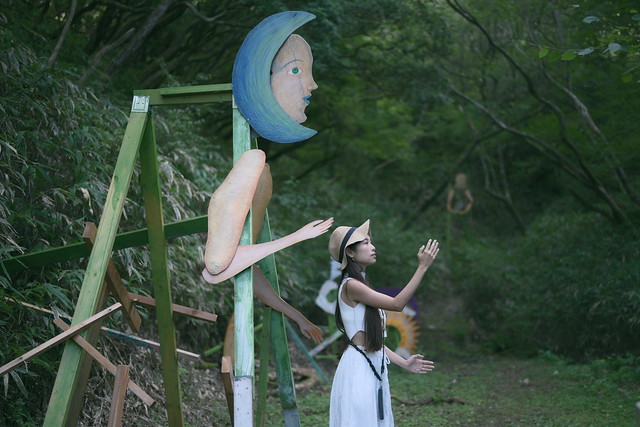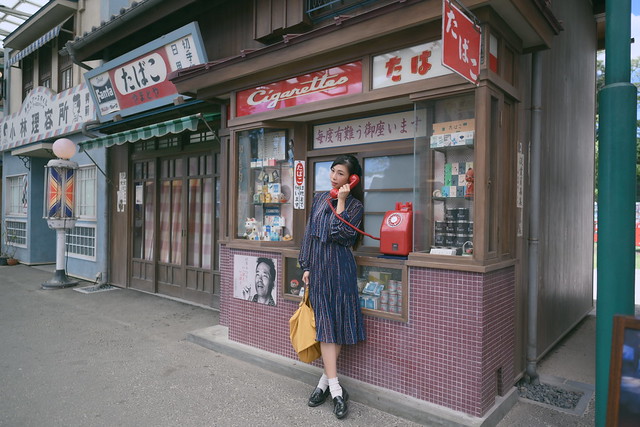
Read my Day 1 blog post here about abalone feast at Shima Peninsula.
Read my Day 2 blog post here about divine Ise and Matsusaka beef.
It wasn’t until day 3 that I have come to realized that Mie is really blessed with everything. How long can you stay in Mie until you get bored? The answer is… until you get sick of eating good food.
Granted, I still believe that Tokyo has world’s best gastronomic delights all condensed in one megapolis city. (Fun fact: Tokyo earned a total of 314 Michelin stars in 2018, twice as much as its contender, Paris. Kyoto is world’s third and Osaka runs 4th. This is how DELICIOUS Japan is, y’all.) As long as you are willing to splurge, you can get almost everything you ever want.
But indulging in gourmet experiences without having to sell your kidney? Come to Mie.
Today we are going to the birth place of ninja, to cleanse your soul basking in the negative-ions of deep forests and waterfalls before feasting on another branded beef that will rival the famed Matsusaka conterpart just so you can gather enough strength to be trained for sudden disappearance in assorted espionage missions, but you better deplete your energy and empty your stomach again in all that action because at the end of the day, a glorious Michelin one star banquet is waiting for your arrival.
Yeap. That pretty much sums up day 3. Intense, huh.
Akame 48 Falls
Idol otaku, please refrain from making lame puns from this location name.
Anyway, Akame is the home of giant salamander a fabulous living prehistoric creature. Some claim that it’s cute, but I’ll pass.
So for non amphibian-enthusiasts, before you cross this place off your list, wait. The 48 waterfalls of Akame, is the birthplace of ninja. Ah have I caught your attention yet?

Also, also??? It’s insta-friendly. Bring your wide angle lens.

Given its remotely deep forest, Akame was initially the training ground for the Iga-ryu ninjas in the 15th centuries. While you are at it, you can also rent a ninja costume nearby and go on a ninja training experience trail!

Many also visit Akame for fall season as the maple leaves turn fiery red making it a super instagenic spot.

Honestly, for me, it’s simply a power spot that reconnects us back to nature, to remember to breathe again, to remind ourselves to always give back and protect our nature, because one day, they could be gone (reminded me of the news on recent Amazon fire and all that. Saddening.) Cherish them all you can now.
Kanaya Honten (Sukiyaki)
Go get yourself very hungry after the hike, because up next, is another gourmet beef experience that could easily be one of the best in your life. I’m not even exaggerating.

Kanaya has been around for over 100 years since the Meiji period, it’s a butcher shop at the ground floor and sukiyaki on the second. Their specialty is Iga beef, a rather low-key beef that’s not known outside of Mie prefecture due to its rare cattle production, but nonetheless just as pristine as its Matsusaka counterpart.

The menu is fairly simple. You choose from either sukiyaki, shabu shabu, butter yaki, ami yaki or steak. The course meals ranges from JPY7722 to JPY11286. For first-timer, I am definitely recommending the sukiyaki, priced at JPY7722 per person (SGD99).

The beef looked so marvellous it deserves a close-up.

For those of you who are not so skilled at yakiniku (it’s very tricky. You are at risk of wasting a slice of world best beef by over or undercooking it), sukiyaki might be a wise choice as the very friendly staff will cook and serve you everything. Just sit back and relax. Leave it to the pro.
For me, I liked it even better than Isshobin yakiniku because it way surpassed my expectation. Fatty beef could end up a little cloying if you overdo it, but this sukiyaki meal had just the right balance of vegetable’s freshness, mildness of the tofu and beautiful shirataki that soaks up all the umami goodness.
I really couldn’t ask for a better lunch than this. Less than $100 for the ultimate dream beef? GO FOR IT.
Trust me. I’m putting this on your must-eat list. Must.
Here’s a video:
Ninja Museum of Igaryu
While in Iga, ninja.

This was another attraction that I was so glad I decided to visit.
It is hilarious that they put you into bright-color costumes that screams “HEY LOOK AT ME! I AM A NINJA WHO IS GOOD AT HIDING!” when the original spy’s ultimate mission was to camouflage and not be identified. So you are exactly what a ninja is not. Haha.
But well, no one’s complaining. At least now you pop in photos.
A journey into the ninja’s house will give you clear perspective on what a real ninja is.
The real ninja in ancient time did not dress in fire red or neon pink or have the word “忍者” printed at the back of their shirt proudly exposing his profession. Neither were they all clad in black with their faces covered. Instead, the real ninja looked just like any other villagers. Especially farmers at work in the field – because that’s the easiest way to pass off as a regular commoner.
So how did ninja become the all-black undercover secret agent that we see in modern days? The story goes back to when Kabuki shows started featuring the stories of ninja, in order to differentiate the ninjas from other characters, they decided to dress them up in easy-to-identify costume, which becomes the outfits of ninjas we see today.
Ninja House

I utterly enjoyed the visit to the ninja house. A ninja will show you all sorts of stealth tricks in a typical ninja house used for secret spy meetings, including escape routes, trapdoors and other trickery. It was too fun to watch.

There was also live demonstration on how to suddenly disappear. Don’t even blink.
Ninja Show by “ASHURA” The Iga-Ninja Group

The ninja show was a bunch of fun. I won’t spoil it for you, but it’s worth every single yen I paid (JPY400 to watch the show). They even made me perform an assassination with poison needle, which I failed miserably.

You also get to learn about all sorts of super cool ninja gadgets. Wolverine was inspired by the ninjas I swear.

Seriously, ninjas are as cool as I ever imagined.I jaw-dropped, cheered, gasped and laughed a bunch.

Now I wanna learn the silent ninja walk, to hurl shuriken, to suddenly disappear and other cool things ninjas do. Ninjas are AWESOME.

Not forgetting the ninja pose. (There’s also a deep meaning behind these poses. Ninjas are more than just spy and assassins. Come here to find out!!)

And of course while you are here, take your chance to maximize all the photo ops. Here’s the Ueno castle as backdrop.

There’s also a souvenir shop where you can buy some kickass gifts for your ninja-loving friends.
Iga Kumihimo Braiding Center
This will probably not be on your must-go list if it involves change of trains just to get there and braid some cords.

But let me give you a couple of reasons:
1.If you are visiting the Iga-ryu Ninja Museum (which is a must anyway), take note that the center is located near the ninja museum, so it would be a great side tour for some traditional craft fun.
2.If you are a fan of the movie Kimi No Na Wa (Your name), you will need no more reasons.

Iga Kumihimo are hand-braided cords made of rich silk threads, dyed in a vibrant range of colors and has centuries of history being used as decorative cords to adorn samurai’s swords, accessories of the costumes of aristocrats, and in used even in modern days now as the obijme of a kimono.

Does this look familiar to you?
Perhaps you may have recognized it from…

This scene. From Kimi No Na Wa. (Screenshot taken from the movie)

Mitsuha’s grandmother was using the Ayatake Dai (綾竹台), which braids fine, intricate cords.

Whereas Mitsuha herself is using the simpler braiding loom which was the one I practiced on in Iga Kumihimo Braiding Center. (Screenshot taken from the movie)

This is the one!

I was attempting to make a kumihimo bracelet, which had become really popular since the movie’s growing fandom.
I’m sure you remember this…

The bracelet Mitsuha gave Taki. (Screenshot taken from the movie)

And when Mitsuha used it to tie her own hair. (Screenshot taken from the movie)
Kumihimo held a great significance to the fate of the movie characters, in fact, it was also the key to the whole plot twist. I’m not going to spoilt it for people who haven’t watched it, but it was nice to feel a connection and experience this precious craft in real life.

To be honest, I thought it would be too complicated for my tofu brain but guess what? I got so obsessed with it, as you will memorize the hand movement by heart soon enough and before I knew it, I was requesting to make the second bracelet.

My first ever Kumihimo bracelet.

Done!!
It would be a very nice activity to do with your loved ones or children, to make a bracelet together as a memento of fond memories shared.
I thoroughly enjoyed the session and would even love to be back again.

There are many kumihimo accessories including wallets, pouches, straps and even necktie in beautiful pastel and vivid hues.
It makes a great gift for someone who has an eye for fine craft.
Aquaignis
Aquaignis is located in the small town of Komono (菰野) in Mie prefecture. It’s hardly a tourist-filled area but let me give you a reason to make a stop here at Aquaignis.

Aquaignis is your one-stop healing resort, where you find a modern onsen meets top class gourmet – pastries produced by Japan’s top patissier Hironobu Tsujiguchi, well-known Italian chef Masayuki Okuda, and the latest celebrated Michelin One Star chef Sadaaki Nakagami who takes hospitality to heart.
Strawberry Farm

There’s even an in house strawberry farm where the freshest picks go onto the cakes and sweets in Confiture H, as well as strawberry picking experience for guests from Dec to May.
Confiture H

Sample a delectable array of sweet treats at Confiture H if you are a fan of desserts.
Lodging – Organic away accommodations Sugi
Guests are welcome to use the hot spring facilities (for a fee) and restaurants without staying the night, but the gorgeous individual detached villas are worth checking if you are in the mood to splurge.

Sugi – the most luxurious room is simply too good not to be shared.

In room “Sugi”, you find lots of playful elements such as the hanging “nests”, and even party stuff such as jenga, card games and lots of story books for kids. How I wish Junya and Sakura were here with me!

The best thing about this room is its very own outdoor onsen. I can’t be spoilt more!!!

It fits a total of 5 so it makes a perfect family getaway.
Roan Atatakami (露庵温味)

Let me mention this straight up – for a Michelin 1 star kaiseki course meal, I think JPY12000 is more than reasonable. I mean, that’s what we probably pay in a regular Japanese restaurant in a random hotel in Singapore.

I love shokunin. I love to see the way they put their utmost focus on creating magic with their fingers…

which usually come with a bandaid or two. Haha. I think Nakagami san used up like the whole box of uni on this appetizer alone??? What is this generosity! *cries*

Can I repeat again? For this quality, JPY12000 is too affordable.

Hasshun (八寸) dish. I love every single item on this menu. The deep fried akaebi, the super soft simmered tako, even the shellfish that I usually did not fancy too much tasted amazing.

The charcoal-grilled unagi was really unique, I have never tasted anything like this. This is freshly caught wild unagi that’s pretty mature so its flesh is really thick where the skin is slightly chewy with a crisp.

By the time I was served the wagyu steak, my tummy was already exploding, but it was too good to pass.
What can I say? I am pampered beyond spoilt in this entire gourmet Mie trip.
That’s all for day 3. In my final post, I will be sharing about an instagenic spot, and a huge theme park suitable for all ages for some serious fun.
Stay tuned!


